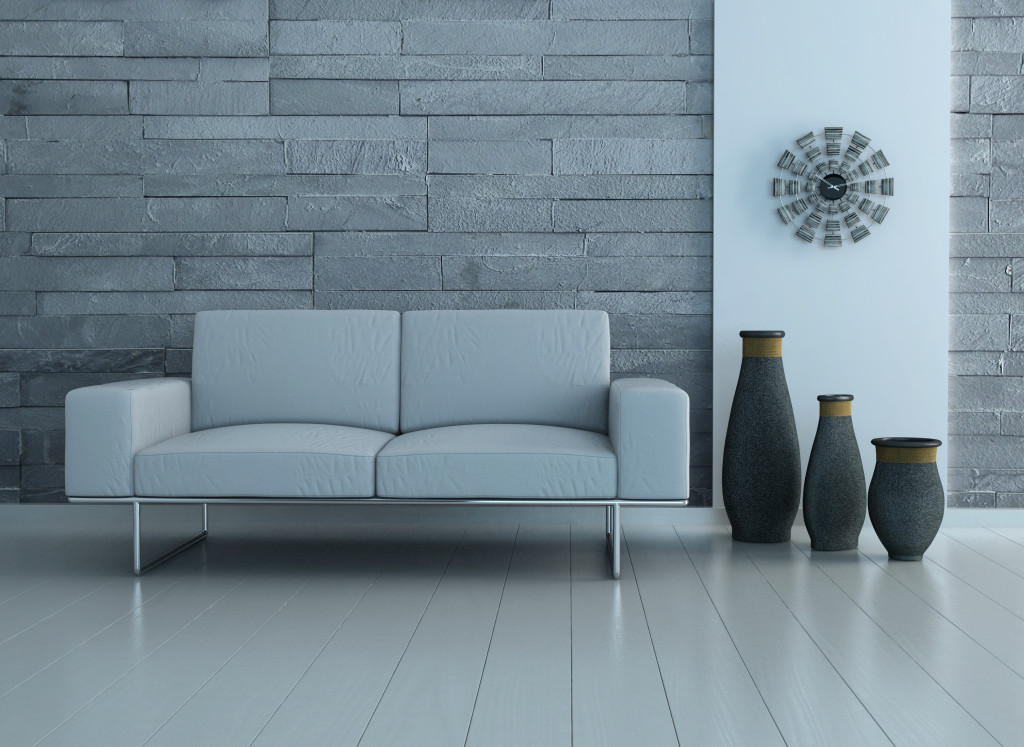If you’re wondering why you can’t seem to relax in your home, with your body always aching and feeling tired, some of your furniture pieces are the likely culprit. Your aches and pains have probably increased since you stayed home for longer periods. Now, we’re going to identify the things around your home that’s responsible for it.
Thankfully, a home renovation won’t be required. But you might need to invest in some quality pieces. So without further ado, here are the things you need to check:
1. Your Bed
Not all high-quality mattresses are created equal. There are types of beds for side-sleepers, back-sleepers, and stomach-sleepers. Here’s a quick guide to knowing which type will work best for you:
- Foam: A foam mattress has no coils. They hug the contours of your body, providing pressure relief and motion isolation. They’re ideal for couples or anyone co-sleeping with someone. Memory foam is the most popular type of foam mattress.
- Innerspring: Innersprings use coils and a few other layers. While bouncier, they often lack pressure relief and motion isolation. For this reason, they come at lower prices, making them appealing to budget shoppers. It may not make your sleep the most comfortable, though. So if you use this bed and can replace it, consider the other types.
- Hybrid: As its name suggests, a hybrid mattress uses both an innerspring support core and foam. Coils are also added sometimes. As such, it offers both contouring and bounce. Sleepers of any position will find a hybrid mattress comfortable.
- Latex: The layers of this mattress are made up entirely of latex rubber. It’s a durable, bouncy mattress with moderate contouring. If you sleep on your back, this can offer you optimum comfort. There’s also an eco-friendly type of this mattress, called natural or organic latex.
When you shop for a new mattress, find out each type’s firmness scale. Side-sleepers below 130 lbs will sleep the most comfortably on a soft to extra soft bed (two to three on the firmness scale). Back- and side-sleepers weighing no more than 230 lbs should go for a medium soft to a medium one (three to four on the scale). And lastly, side-, back-, and stomach-sleepers over 130 or 230 lbs should choose the firmer types (five to nine on the scale).

2. Your Couch
When choosing a couch, a lot should be considered other than style and design. But since we don’t usually use the couch often, chances are we forego comfort when choosing one. While that is reasonable, your guests would appreciate a soft, cozy couch when they come over. Giving them nothing but a stiff and small couch will leave them with terrible back pain when they get back home.
A couch’s depth defines its comfort level. The deeper the depth, the better the back support when you slouch. A shallower depth, on the other hand, prompts you to sit with your spine straight. That might not be ideal if you use your couch to play video games or watch TV.
The correct couch-sitting position is your back snug on the backrest and your feet flat on the floor. The backs of your knees should be slightly forward. If you prefer a deep seat depth for watching movies, place an ottoman in front of the couch to put your feet up on. Make sure your neck is well-supported.
3. Your Office or Gaming Chair
Another piece of furniture that’s notorious for giving body pain is an office chair. On the other hand, a gaming chair is usually more ergonomic and comfortable, making it better than a typical office chair. But of course, not all office or gaming chairs are created equal.
Unlike a couch, you can’t go for a gaming or office chair with a deep depth. Your spine should be straight, your neck supported, and your feet flat on the floor. So if you have a child who often uses your desktop computer, they might need a separate chair if they’re shorter than you. Or you can put a firm pillow on the seat and a platform underneath to support their feet.
4. Your TV Placement
A TV that’s too near your couch can affect your eyesight. It can cause headaches, neck strain, and eye strain. To avoid those, follow the optimal TV-to-couch distance ratio of 8:1. For every eight inches, your couch should be one foot away from the TV. The surface it stands on should be at least four feet off the floor.
Supervise your kids when they watch the TV, as they usually sit close to the screen. If they complain about not seeing the TV clearly when they sit on the couch, chances are they already have an eye problem. Get them checked before they worsen their vision further.
A relaxing home should not just be clean and peaceful but also good for your physical body. Don’t let aches and pains originate from your sanctuary.
